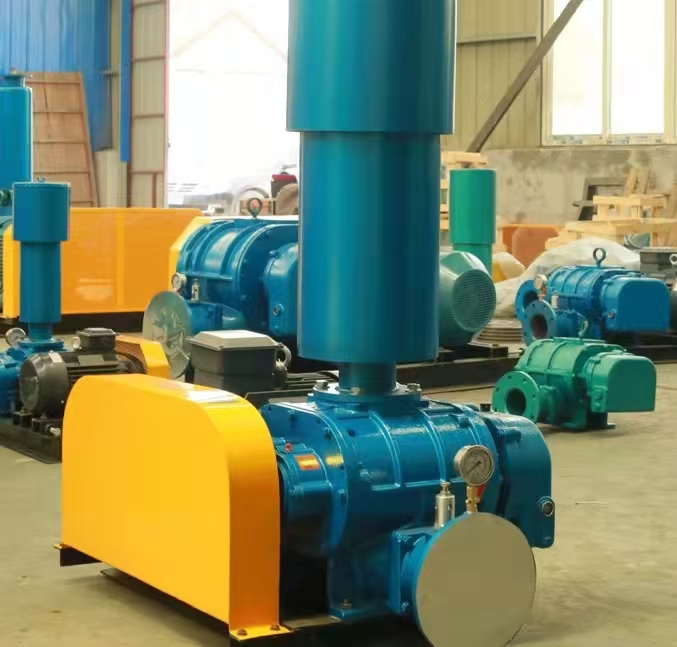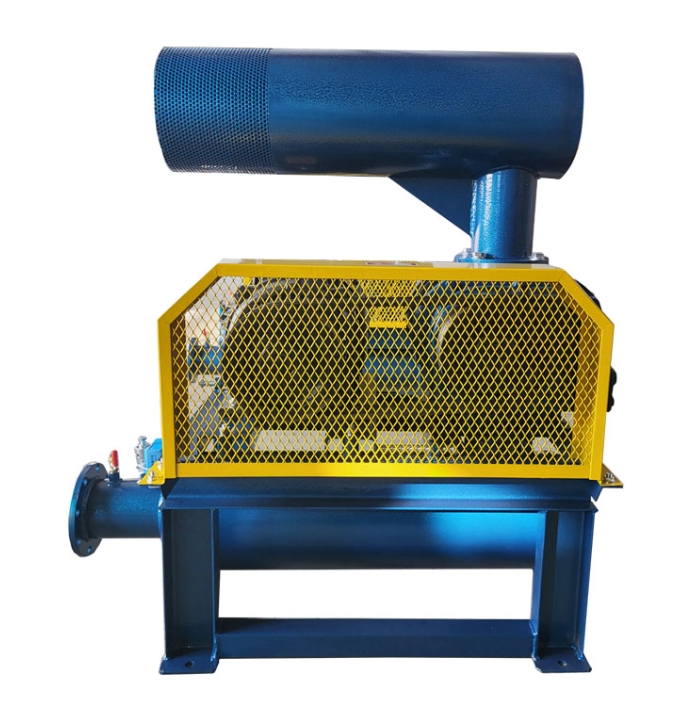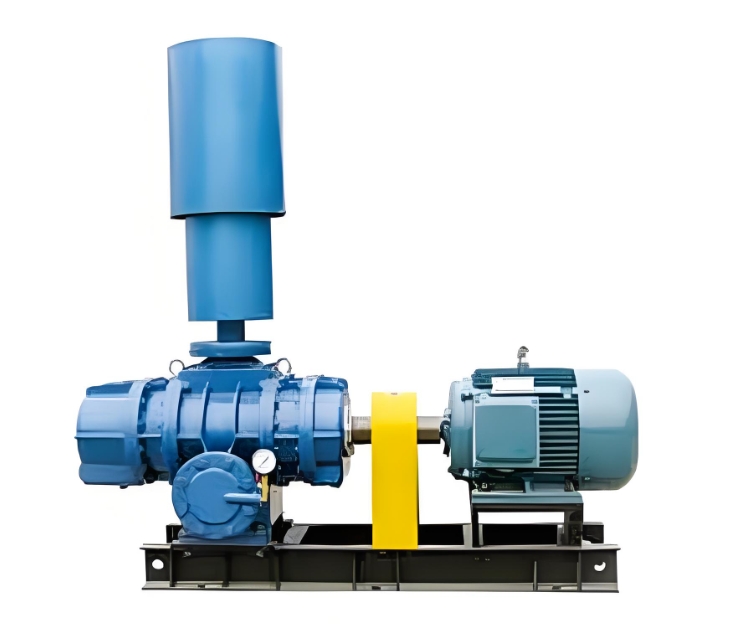Roots blower for cement casting: full guide to selection and use

Why is your cement construction always not going smoothly?
Many workers encounter such difficulties during cement construction: uneven mixing of cement, occurrence of pores after pouring, and insufficient strength to meet expectations These issues are often related to an inconspicuous but crucial device - the Roots blower. As an "invisible hero" in cement construction, choosing the wrong or using improperly can directly affect the quality of the project.
The key role of Roots blower in cement construction
Roots blower mainly undertakes three important tasks in cement construction:
-* * Pneumatic conveying * *: Transport cement powder through pipelines to the mixing plant
-* * Mixing Assistance * *: Provides uniform airflow to ensure thorough mixing of cement
-* * Maintenance gas supply * *: provides stable airflow for the cement curing process
Especially in large-scale engineering projects, the stability and wind pressure of Roots blowers directly determine the final quality of cement. I have seen a construction site where a batch of cement was scrapped due to improper selection of fans, resulting in losses of hundreds of thousands of yuan.
How to choose a Roots blower suitable for cement construction
When selecting, three key parameters should be considered:
-Air volume: Generally, cement construction requires an air volume of 15-50m3/min
-Wind pressure: selected according to the conveying distance, usually between 30-80kPa
-* * Material * *: It is recommended to choose cast iron or stainless steel material for wear resistance
Common Misconceptions:
Believing that a larger air volume is better (which actually leads to energy waste)
Neglecting the influence of altitude on the performance of wind turbines
Choose second-hand refurbished equipment to save money (high failure rate)
Correct use and maintenance of Roots blower
Usage tips:
-Check the oil level before starting up to ensure that the lubrication system is functioning properly
-Pay attention to monitoring abnormal noises and temperature changes during operation
-Regularly clean the intake filter (cement dust is prone to clogging)
Suggested maintenance cycle:
-Replace lubricating oil every 500 hours
-Check gear wear every 1000 hours
-Perform maintenance once a year
Remember, good maintenance habits can extend the lifespan of a fan by 3-5 years, saving considerable maintenance and replacement costs.
Quick Guide to Resolving 4 Common Problems
Don't panic when encountering these problems:
Sudden decrease in air volume → Check if the filter is clogged
Abnormal vibration → Check if the anchor bolts are loose
Temperature too high → Check if the lubricating oil is insufficient or has deteriorated
Special reminder: The cement construction environment has high dust levels. It is recommended to install dust covers on the fans to effectively reduce the failure rate.
5 Advanced Suggestions: How to Make Roots Blowers More Efficient
-Consider installing a frequency converter and adjusting the air volume according to actual needs
-Install buffer devices on the conveying pipeline to reduce the impact of pulses
-Establish equipment operation logs to record changes in key parameters
Sharp tools make good work. Choosing the right and using the Roots blower well can elevate the quality of your cement construction to a higher level! If you have any specific questions, please feel free to communicate and discuss at any time.





